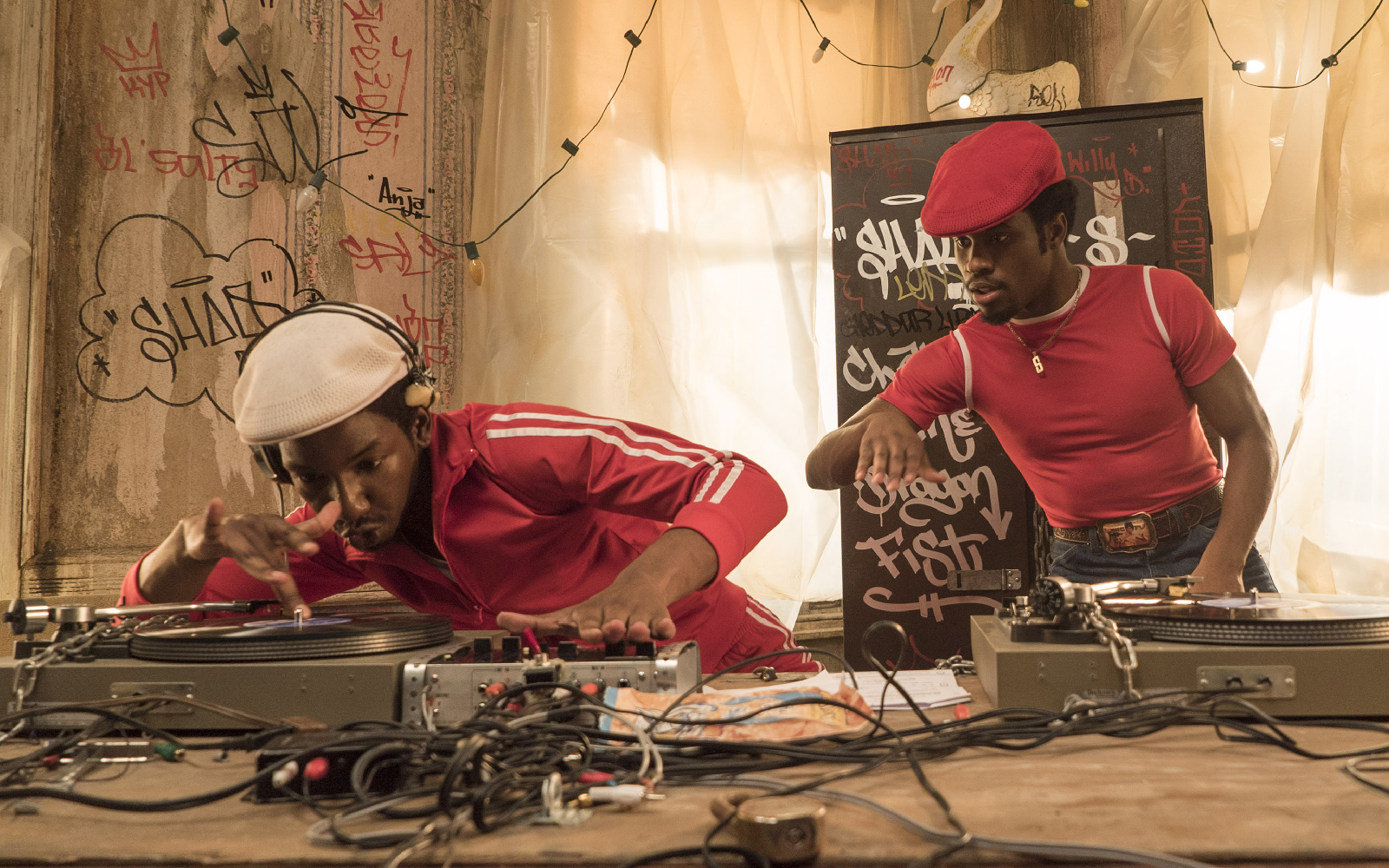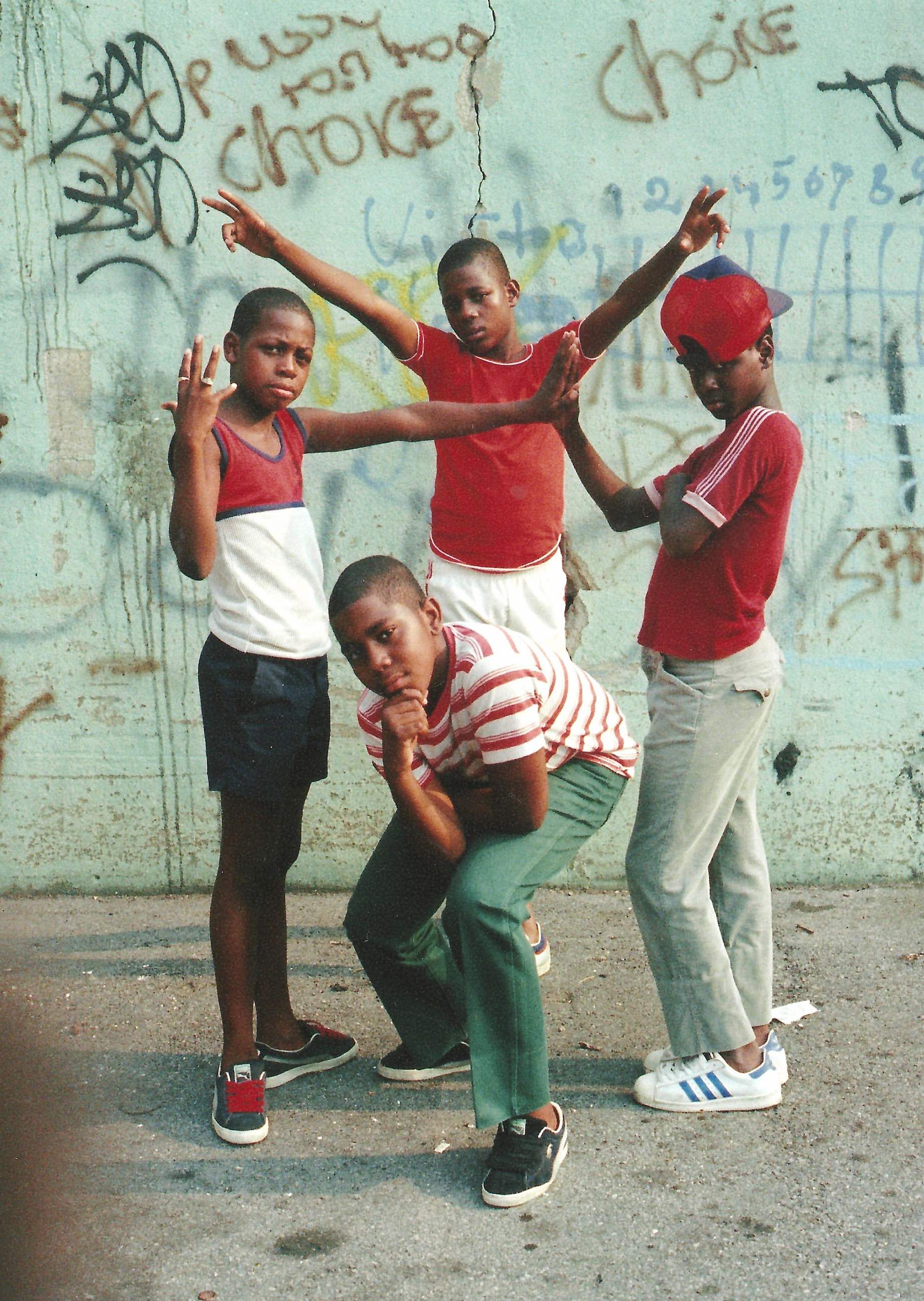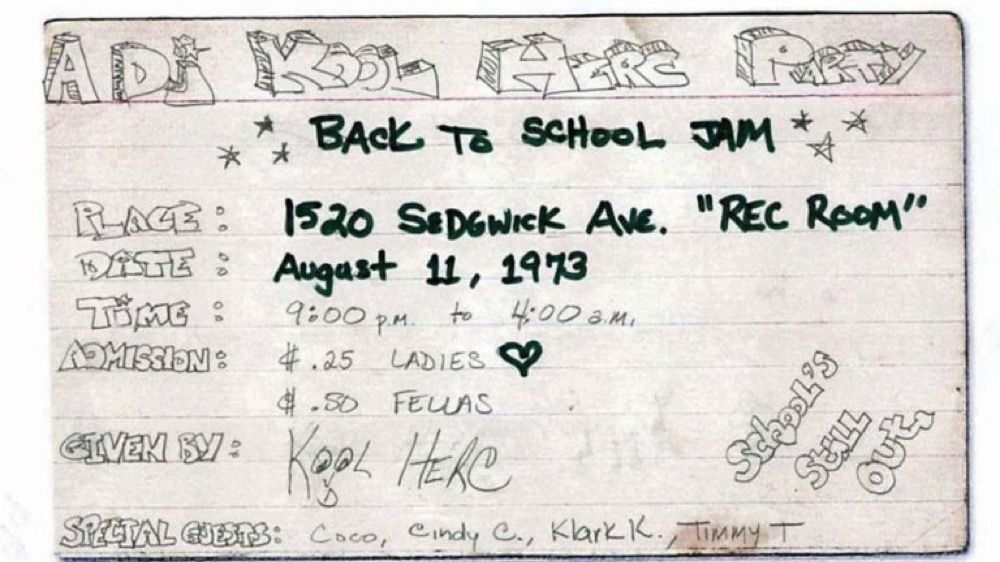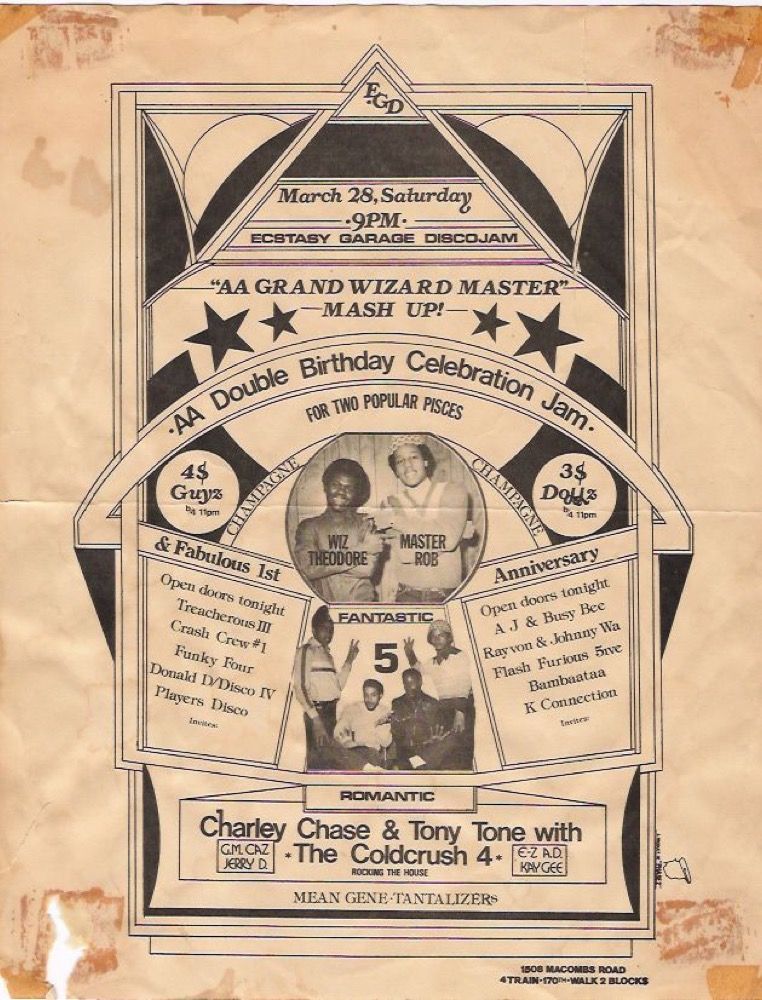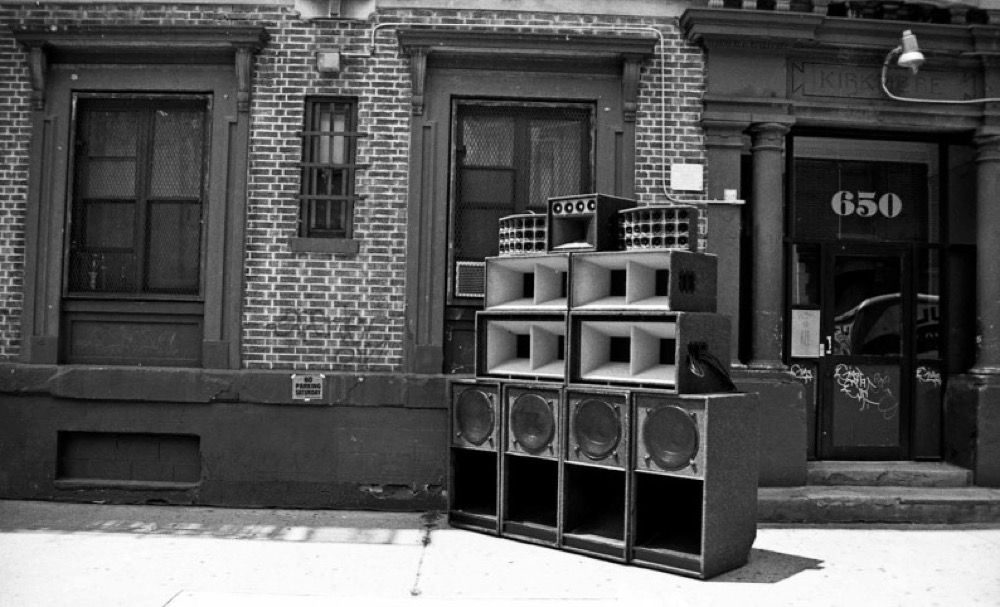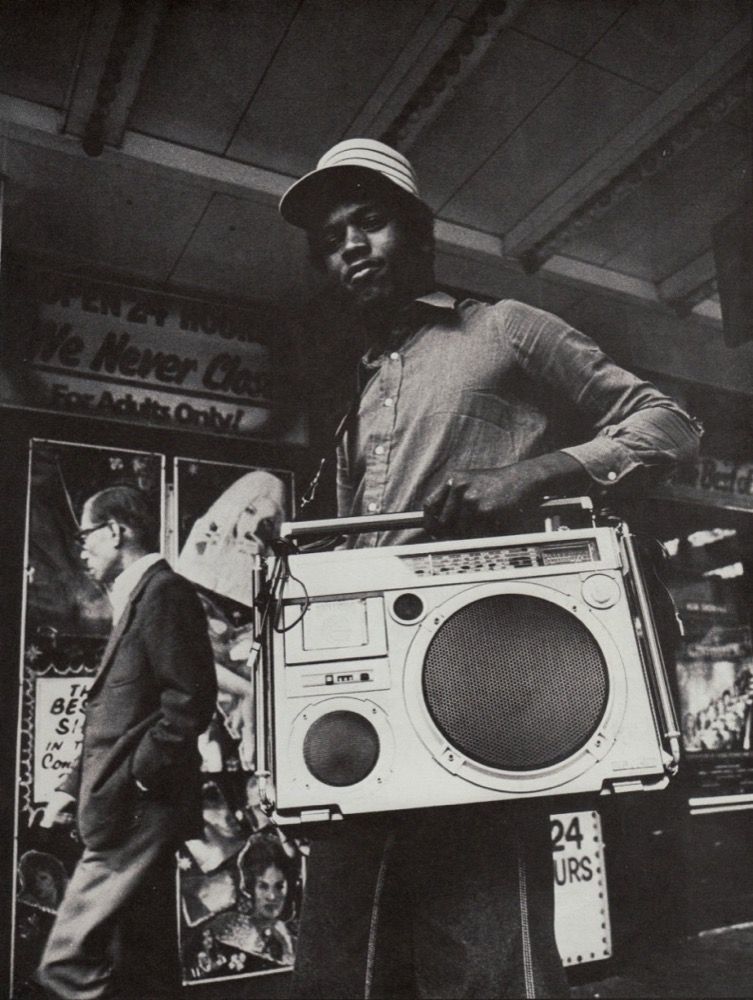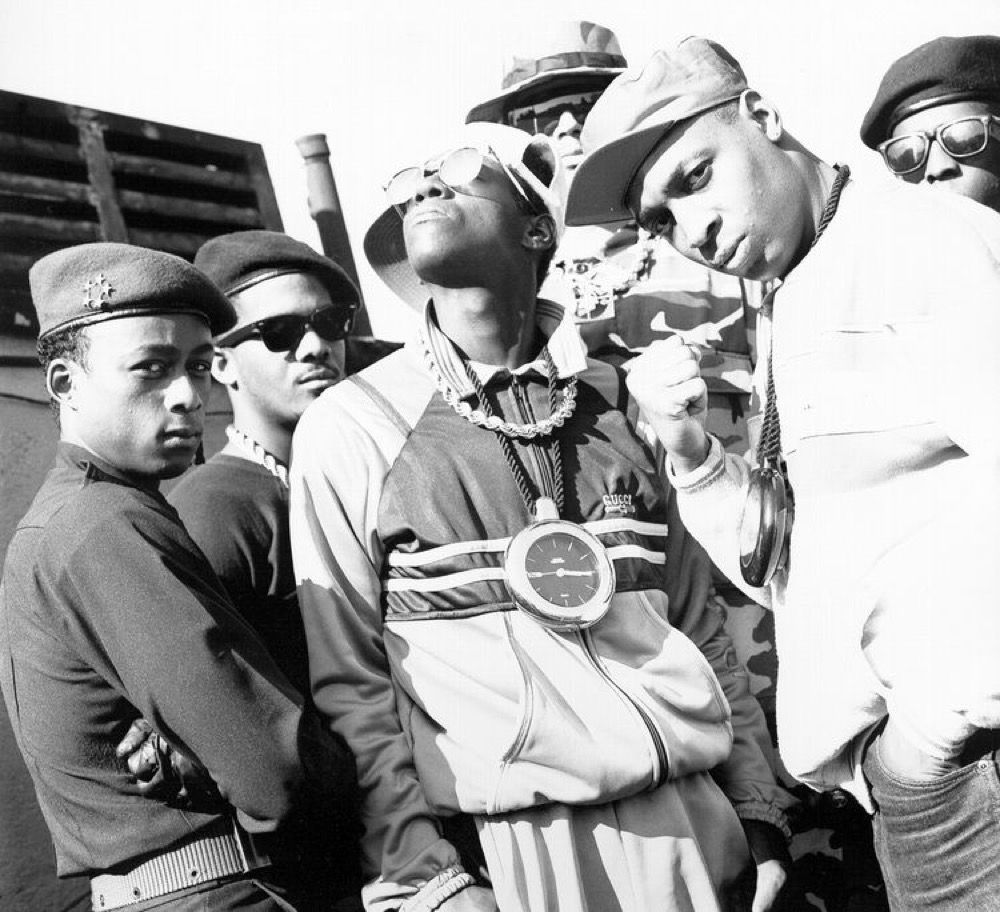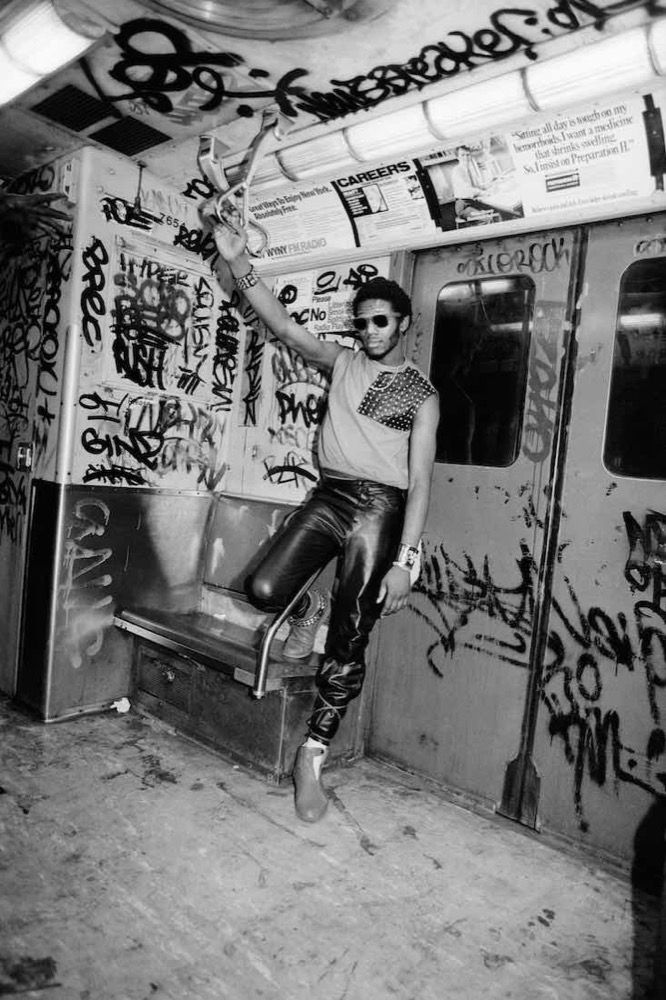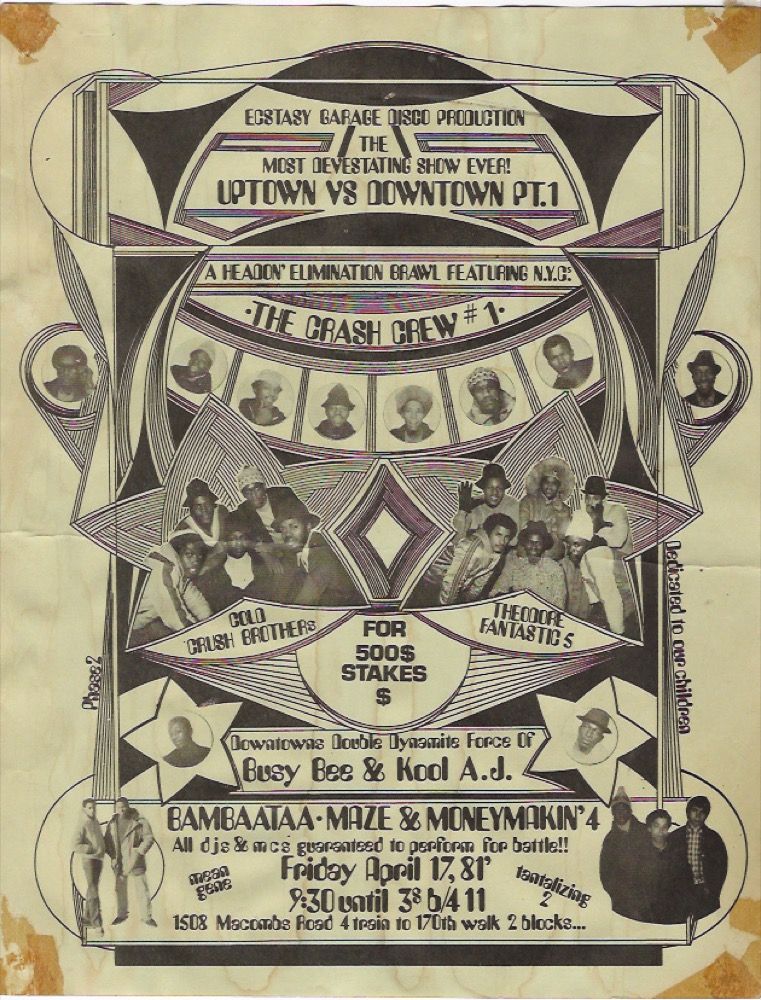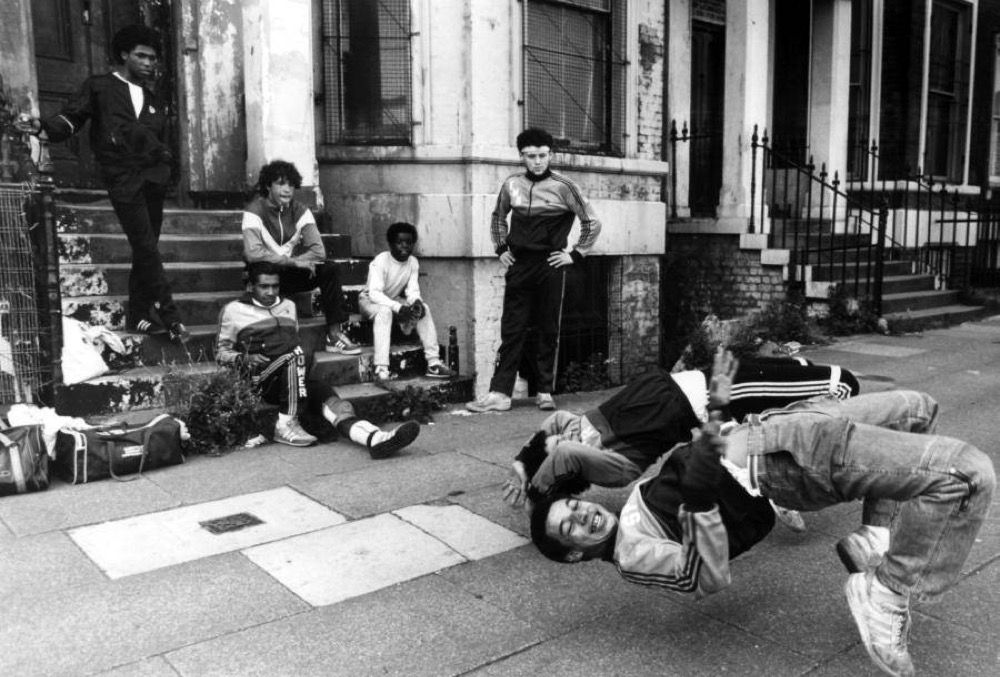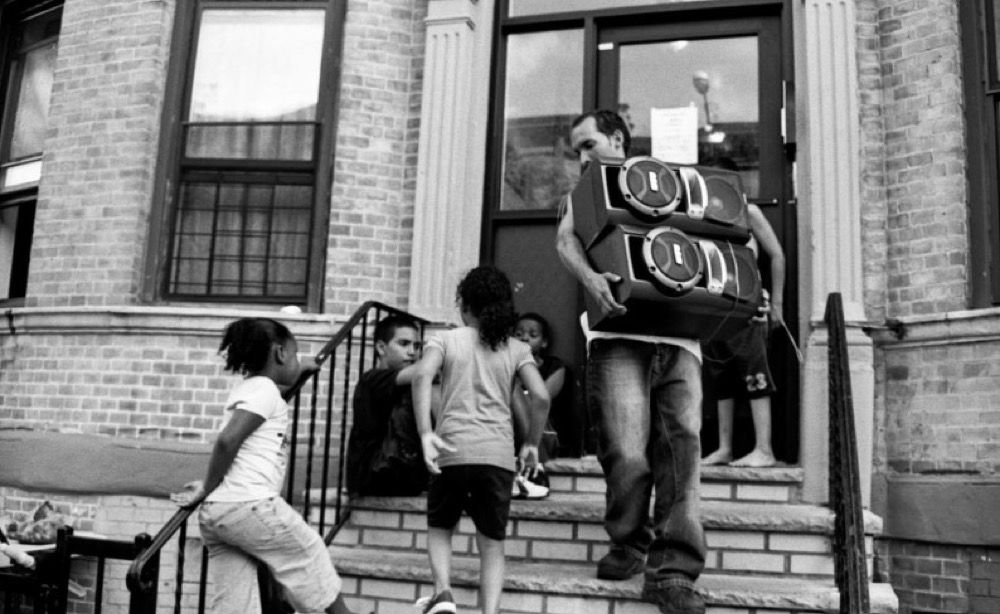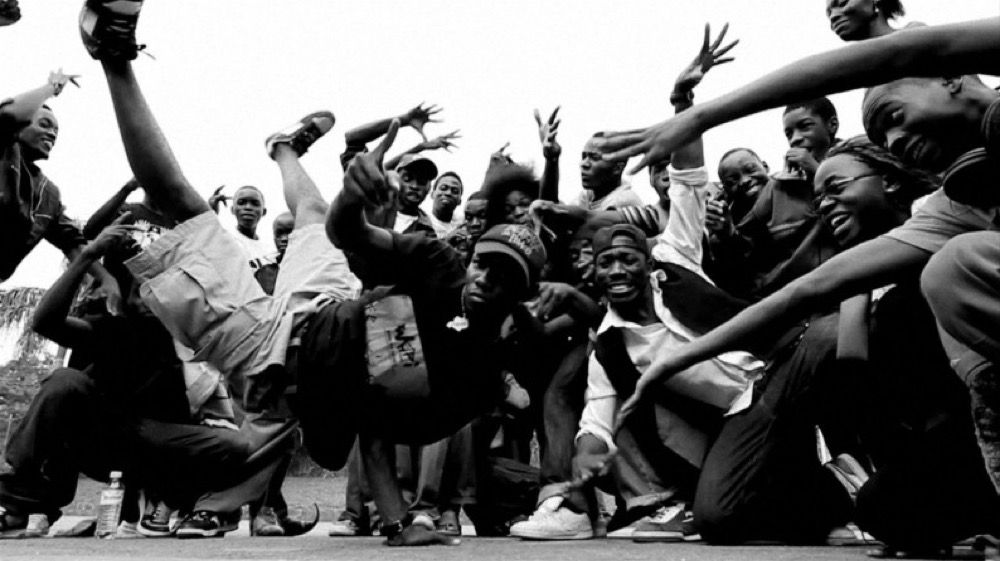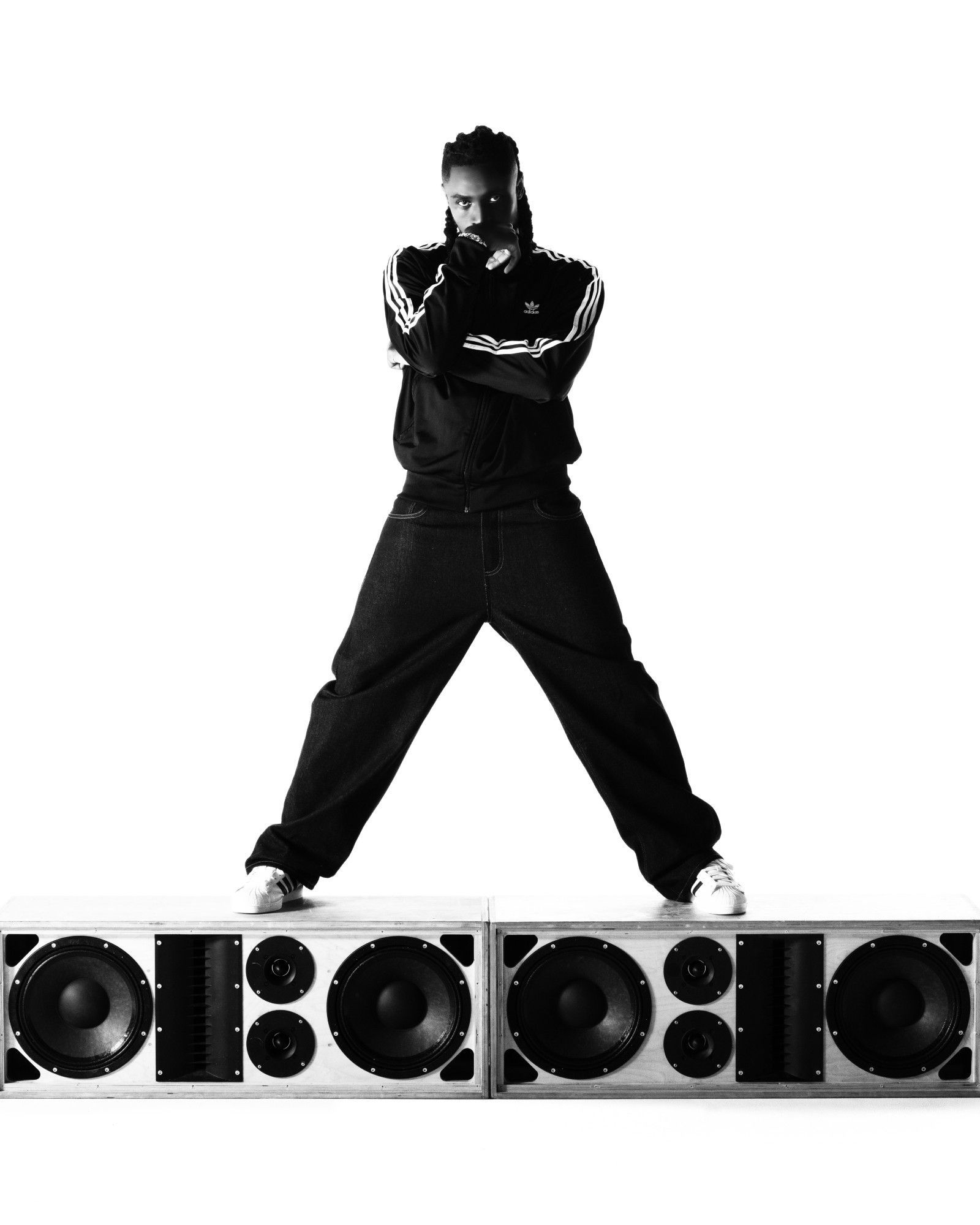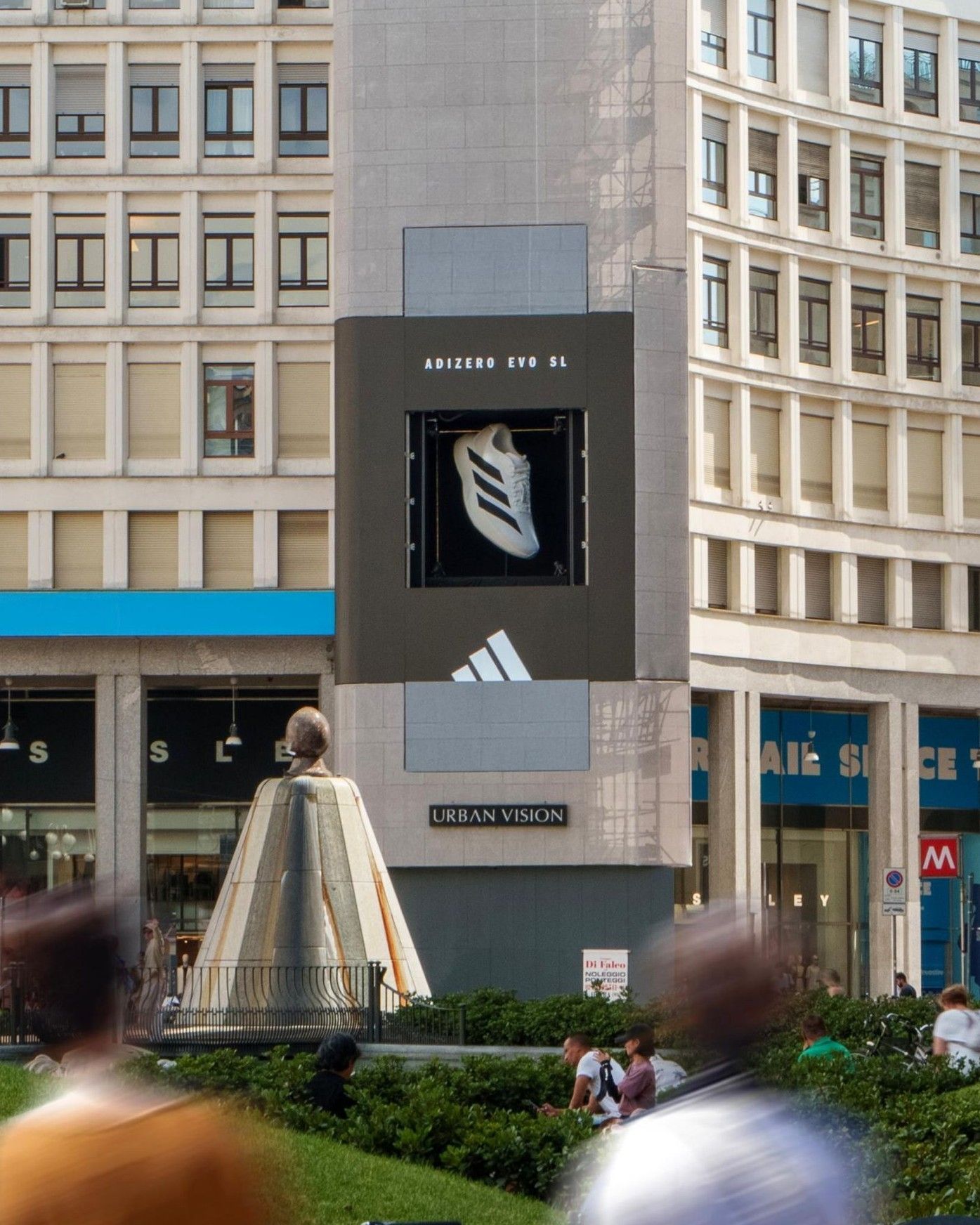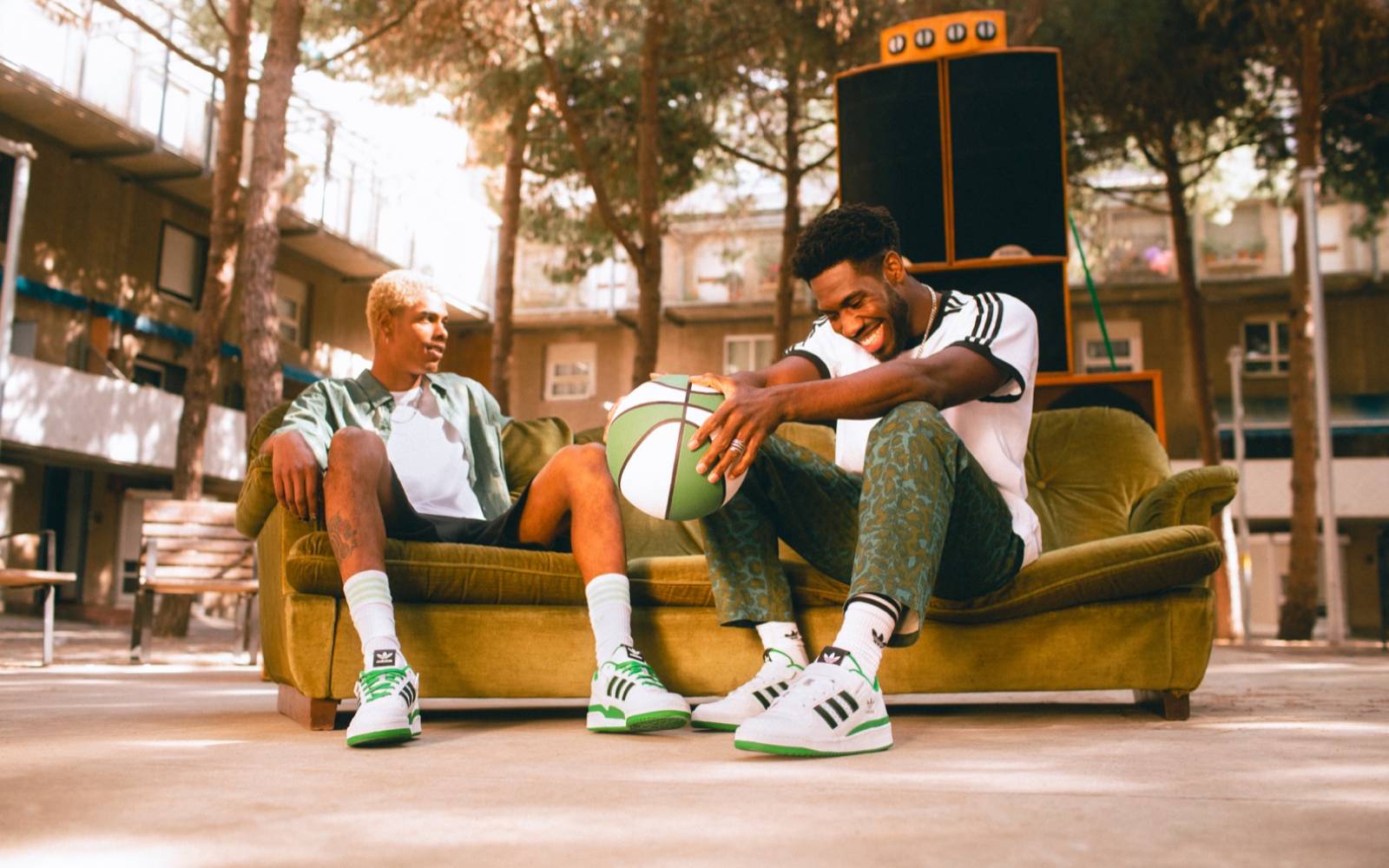
Rise and shine of Block Parties From South Bronx to Milan
According to the New York Times, it was 7 May 1945, when the news spread that Germany had withdrawn from World War II and New York's mayor, Fiorello Henry La Guardia, had to vehemently ask citizens to go home or back to work after a block party broke out in Times Square: it was the first big block party in history. A typically New York form of celebration, a well-known topos in the culture of the American suburbs and a milestone in hip hop, that from the streets of the South Bronx on 18 June arrives in Milan, with adidas Originals x Foot Locker on the occasion of the new adidas Forum Basketball release. But what exactly is a block party and how does it relate to the hip hop phenomenon?
Although block parties may seem like a modern concept, some of the earliest examples of these 'gatherings' date back to the early 20th century. From gatherings to commemorate residents who had gone off to fight in World War I in 1918, to the block parties that gave rise to rap and the modern concept of DJing, the history of squatter neighbourhood parties is difficult to trace. In the mid-1970s, a suburban teenager, Joseph Saddler, aka Grandmaster Flash, had an idea: to prolong the rhythms of the records he liked best, he started popping the needle on vinyl, using two turntables at the same time, constantly changing the channels on a mixer. Around the same time, another South Bronx boy, Theodore Livingston, known as Grand Wizard Theodore, accidentally stopped the record with his hand and got a dissonant skid. With these elements, Bronx DJs, often using electricity stolen illegally from the city's street lamps, gave the turntable a new use as an instrument: DJing was born. There was no longer a need for expensive guitars and drums, it was enough to manipulate pre-existing beats, deliberately destroying the surface of their records: Run-DMC - the group from Hollis, Queens - would later say: 'With every jam we do, we break two needles'.
In terms of attendance, in the late 1960s and early 1970s, mobility was hampered by problems between gangs, with rival gangs such as the Ghetto Brothers, the Savage Skulls, and the Black Spades running their respective neighbourhoods and preventing congregation. At the end of 1971, however, a truce - the Hoe Avenue Peace Meeting - destroyed the barriers between the blocks and gave way to mixed parties. On one side was the Latin funk of the Puerto Rican nationalists Ghetto Brothers, on the other the Black Spades, who, under the influence of division leader and DJ Afrika Bambaata, became the Universal Zulu Nation. A key figure who emerged in this context was Clive Campbell, aka DJ Kool Herc, a Jamaican teenager who began his career organising end-of-year parties in high school. Campbell, a fan of funk and soul, originated a concept at the heart of hip-hop, the 'break', the isolation of a percussive segment within a song and its repetition. Soon his parties, spent rapping with his friend Coco (Coke La Rock), inspired rival DJs, and block party music became avant-garde and experimental, a playground for suburban youth away from any jurisdiction, bringing together a multicultural community with block parties, jams in youth centres or schoolyards.
New York's hip-hop culture was graced by the blackout on the night of 13-14 July 1977, which left most of the city in the dark, a night of looting in electronics shops was the catalyst for the subsequent cultural explosion. In 1979, a version of this party sound would find its way onto vinyl. Pioneer status is little reward for some forgotten creators who sowed the seeds of what is now a multi-billion dollar industry, but, as Gary Warnett wrote in the Mr Porter Journal, 'those moonlit sessions changed music forever'.











































